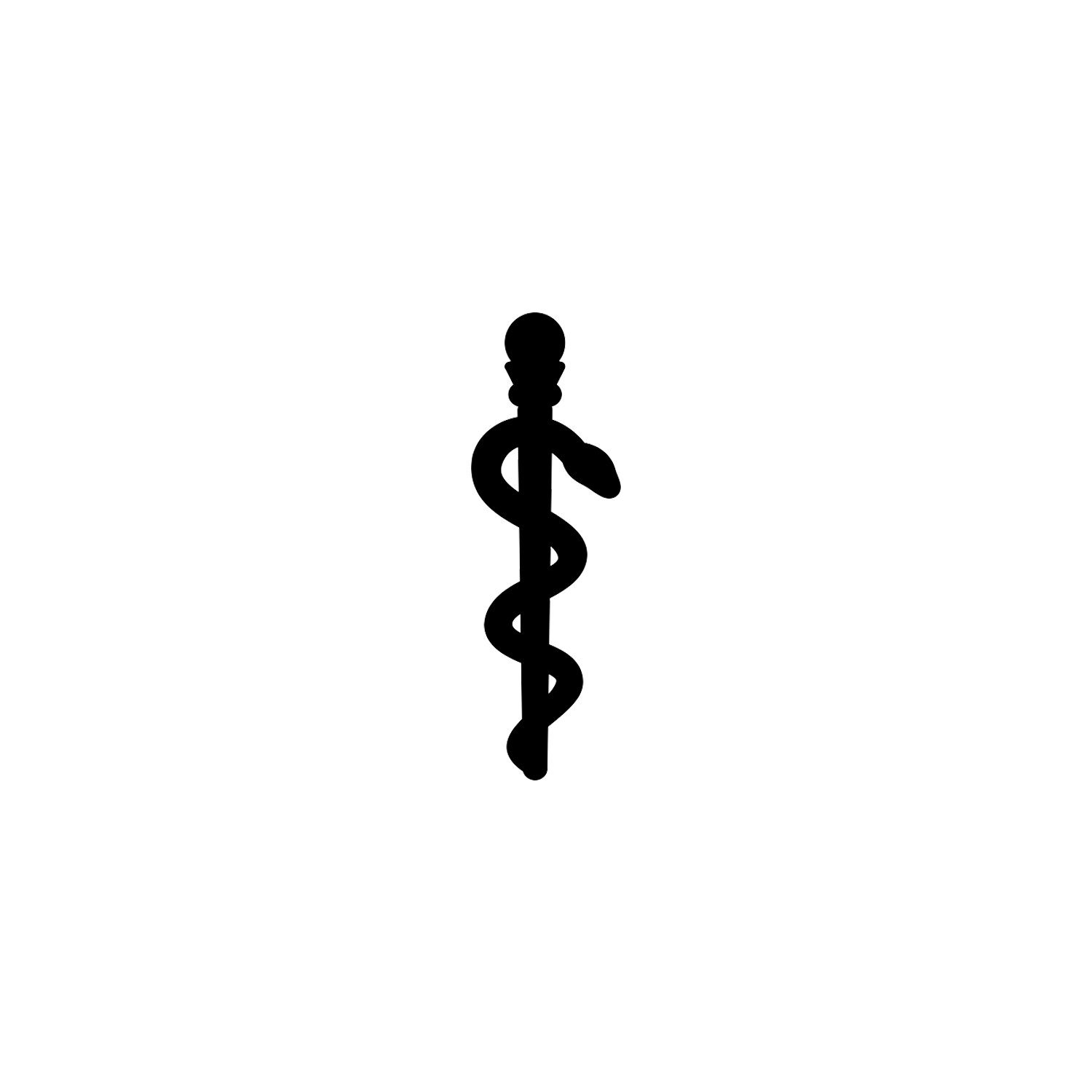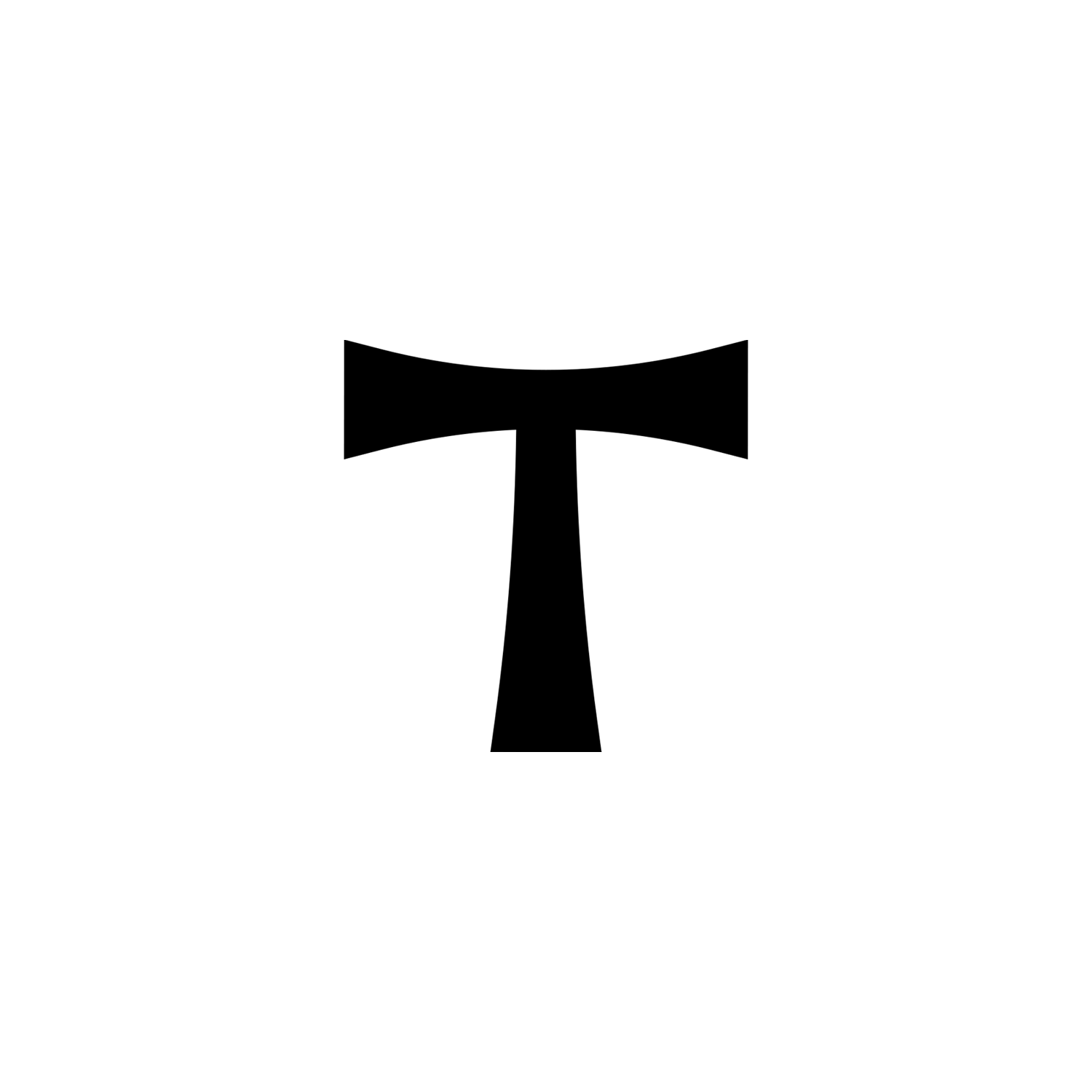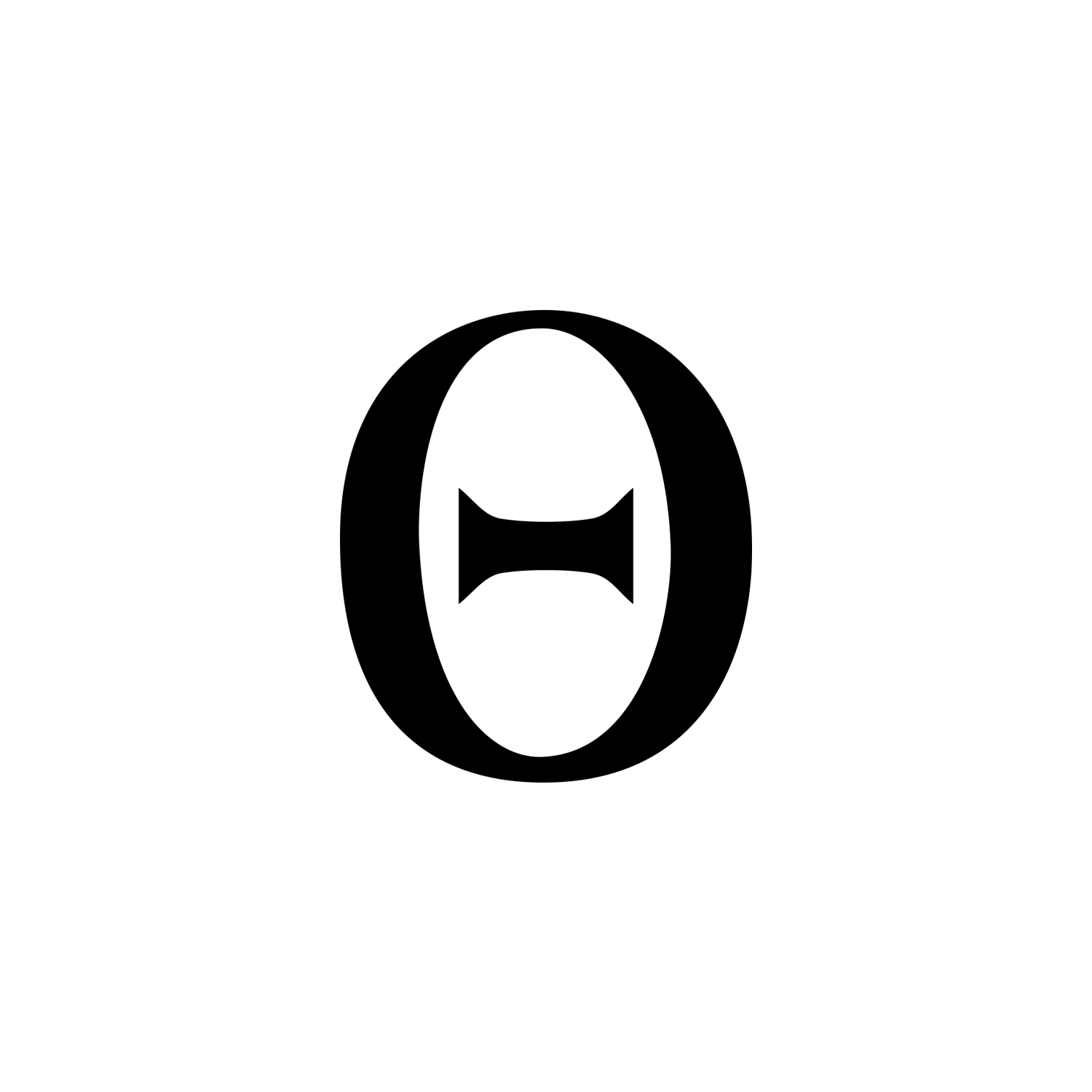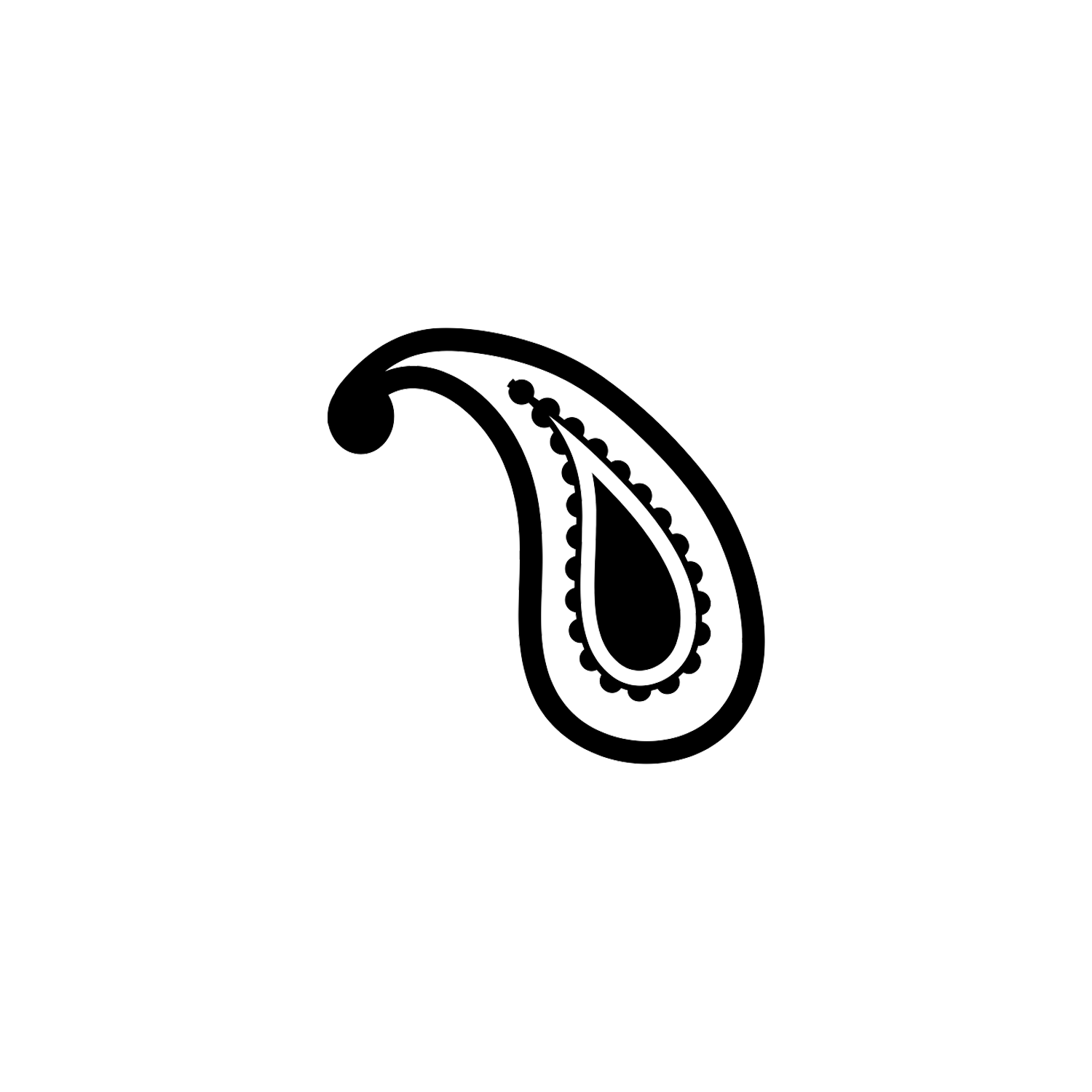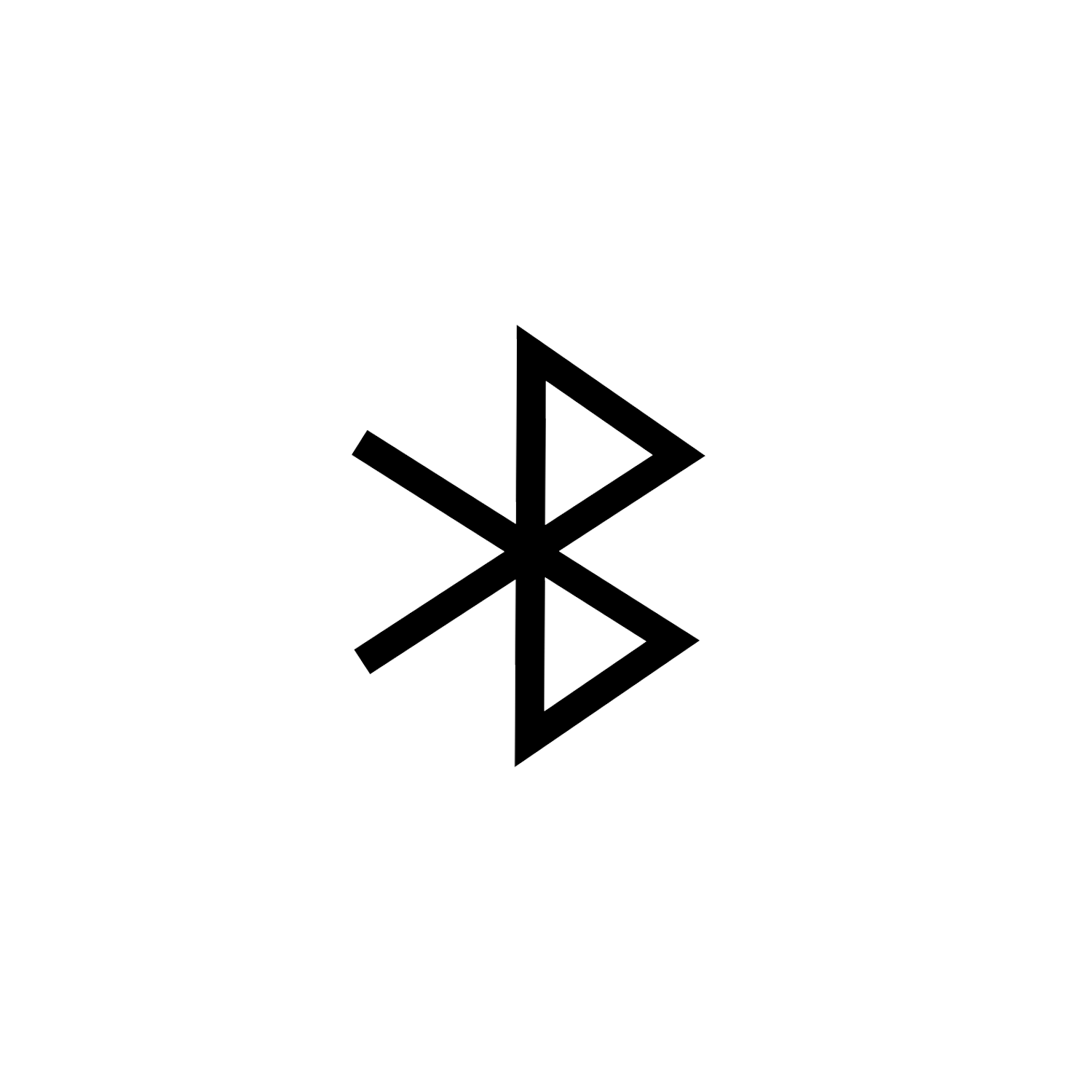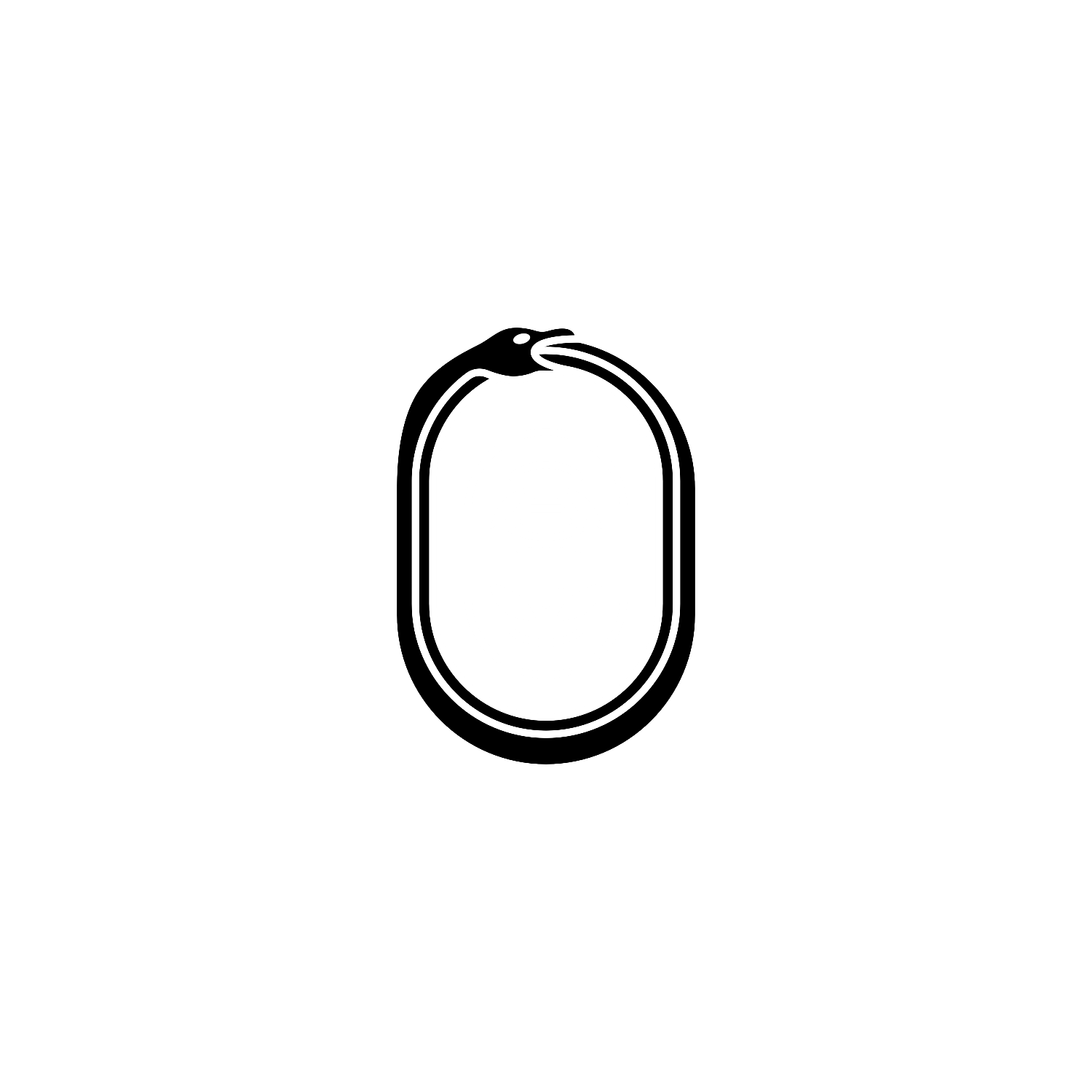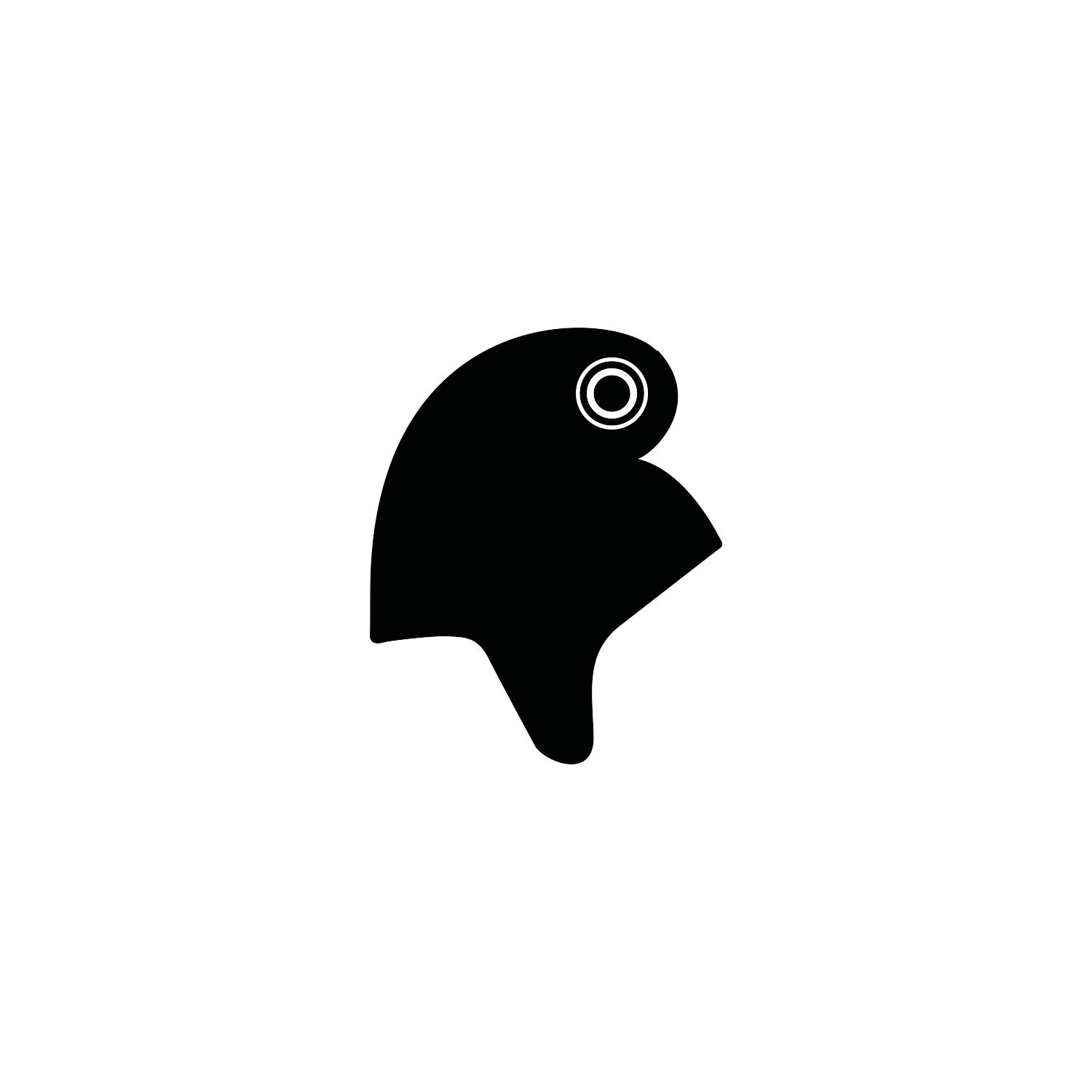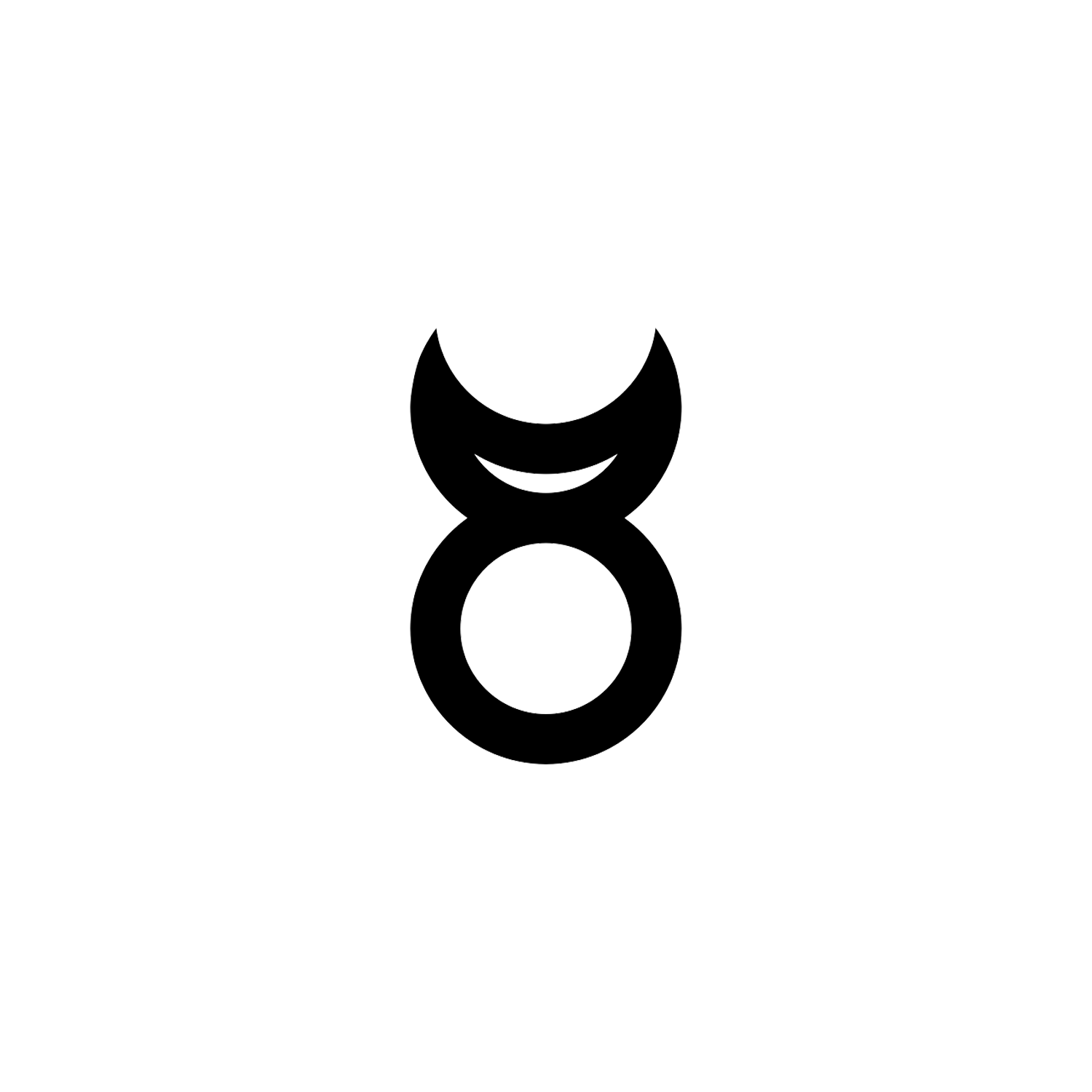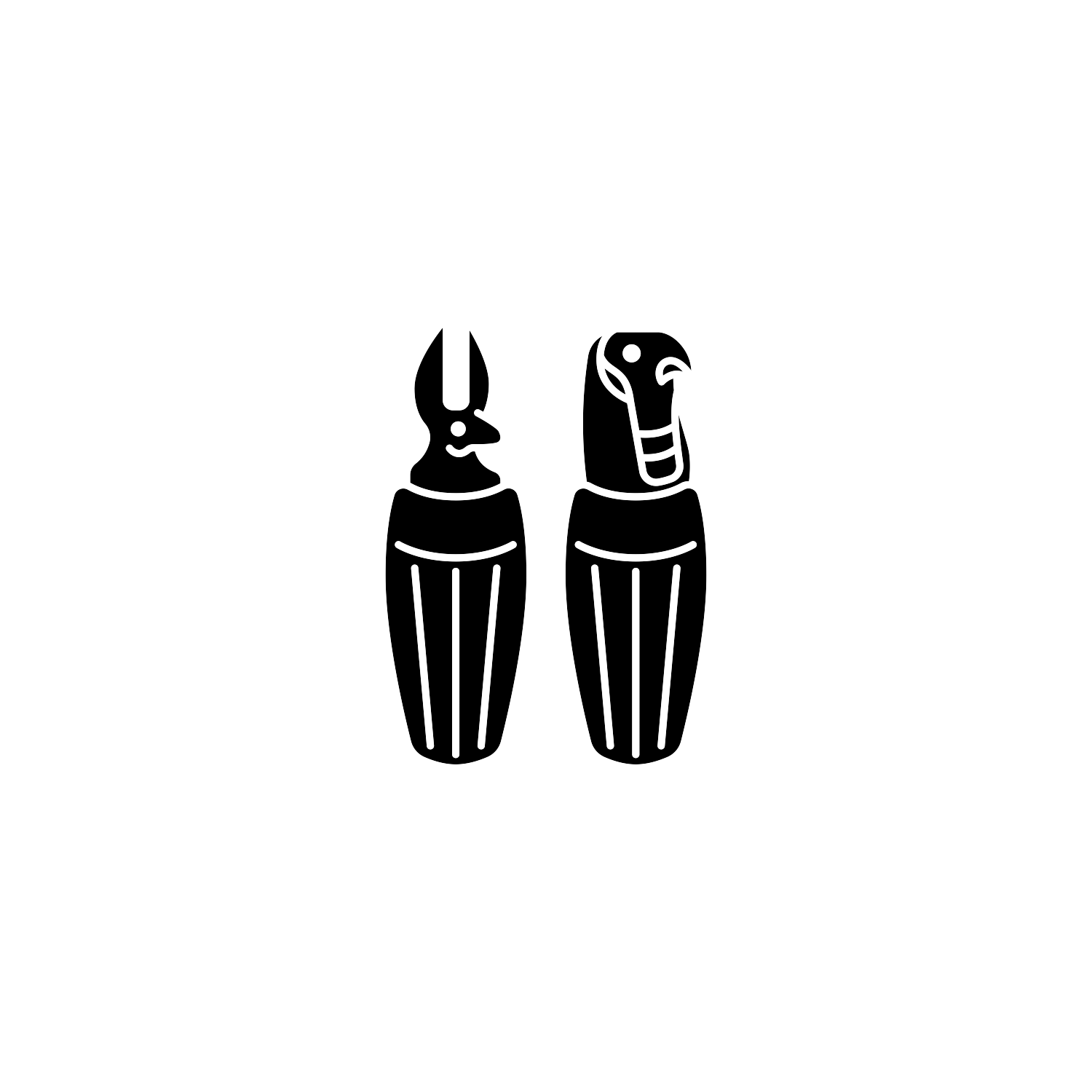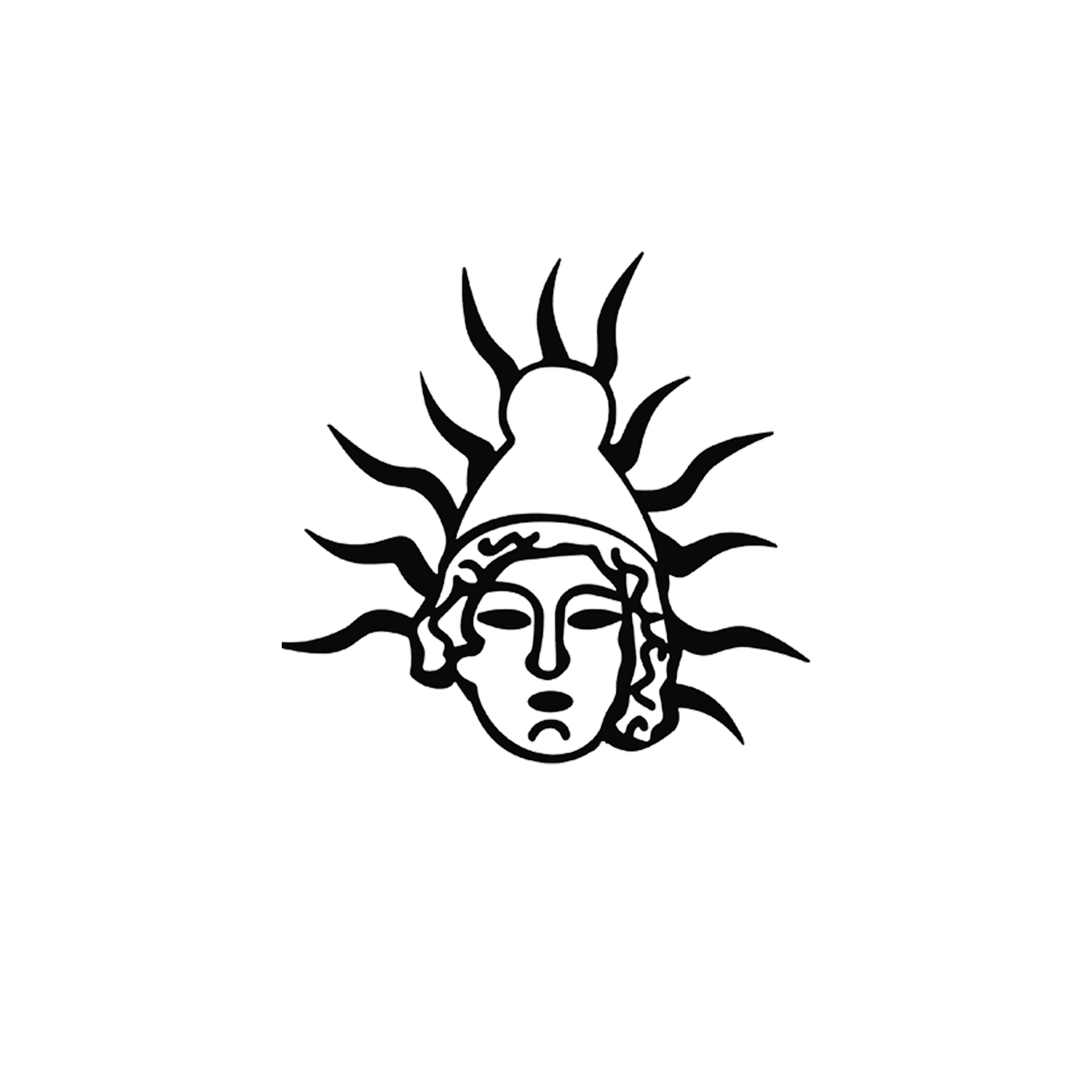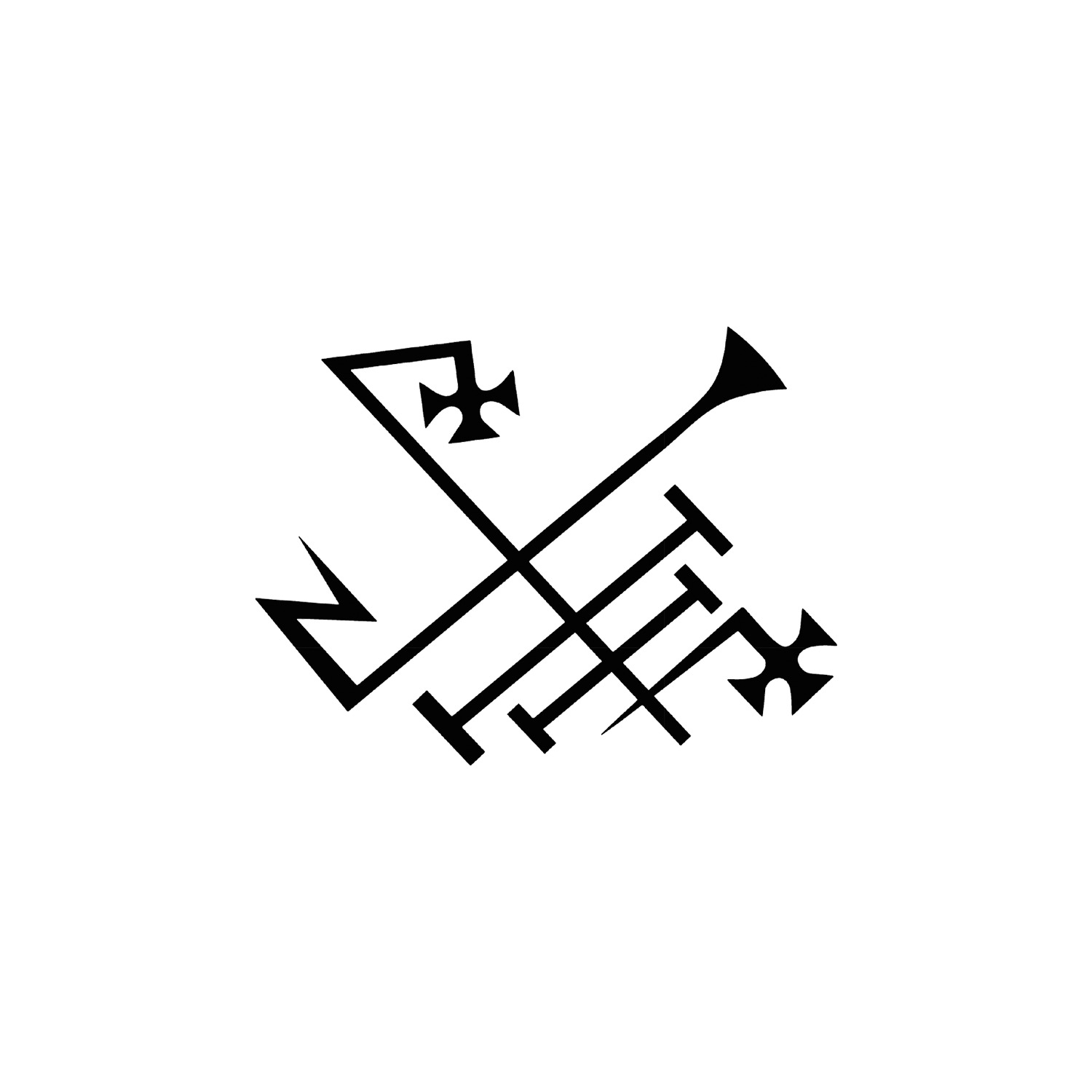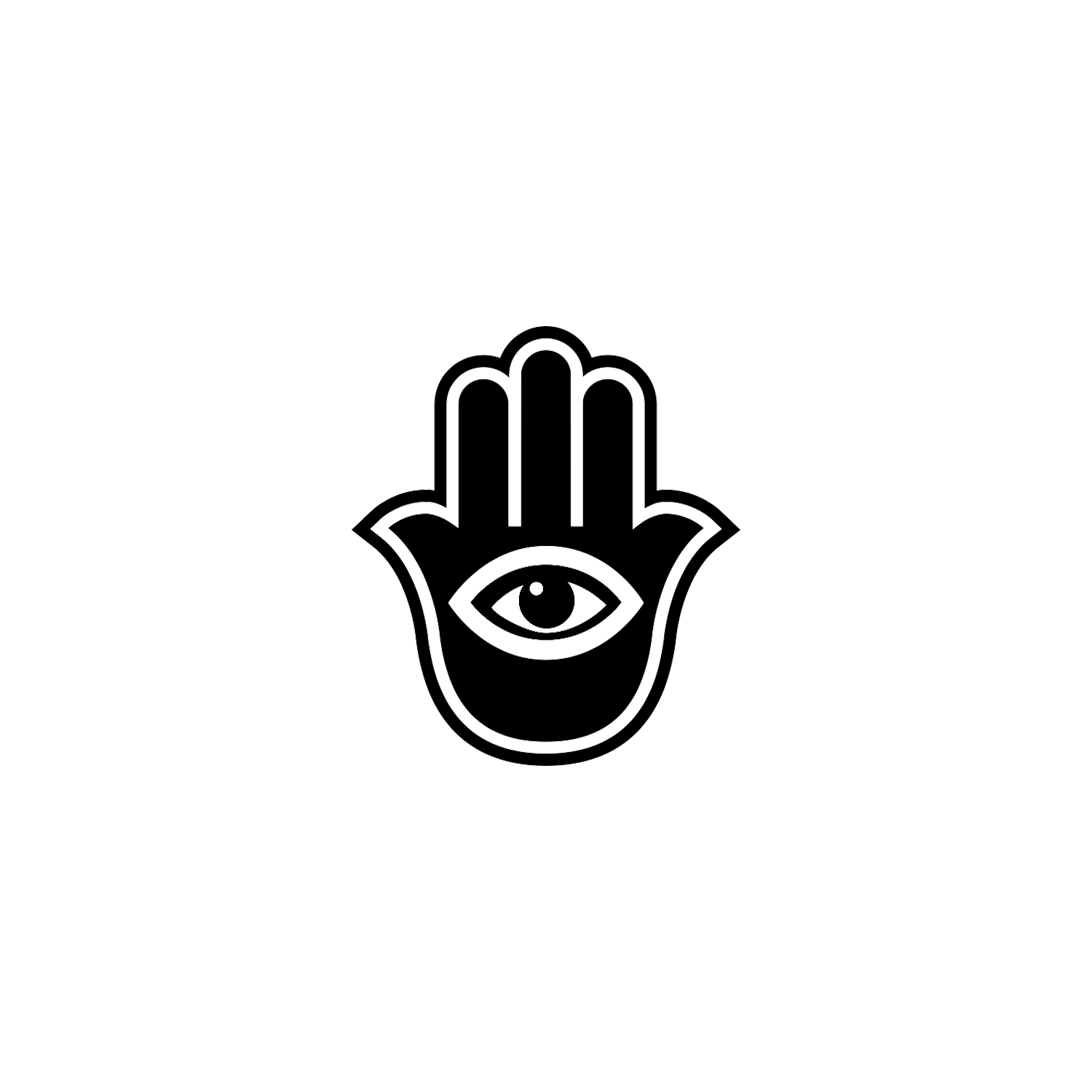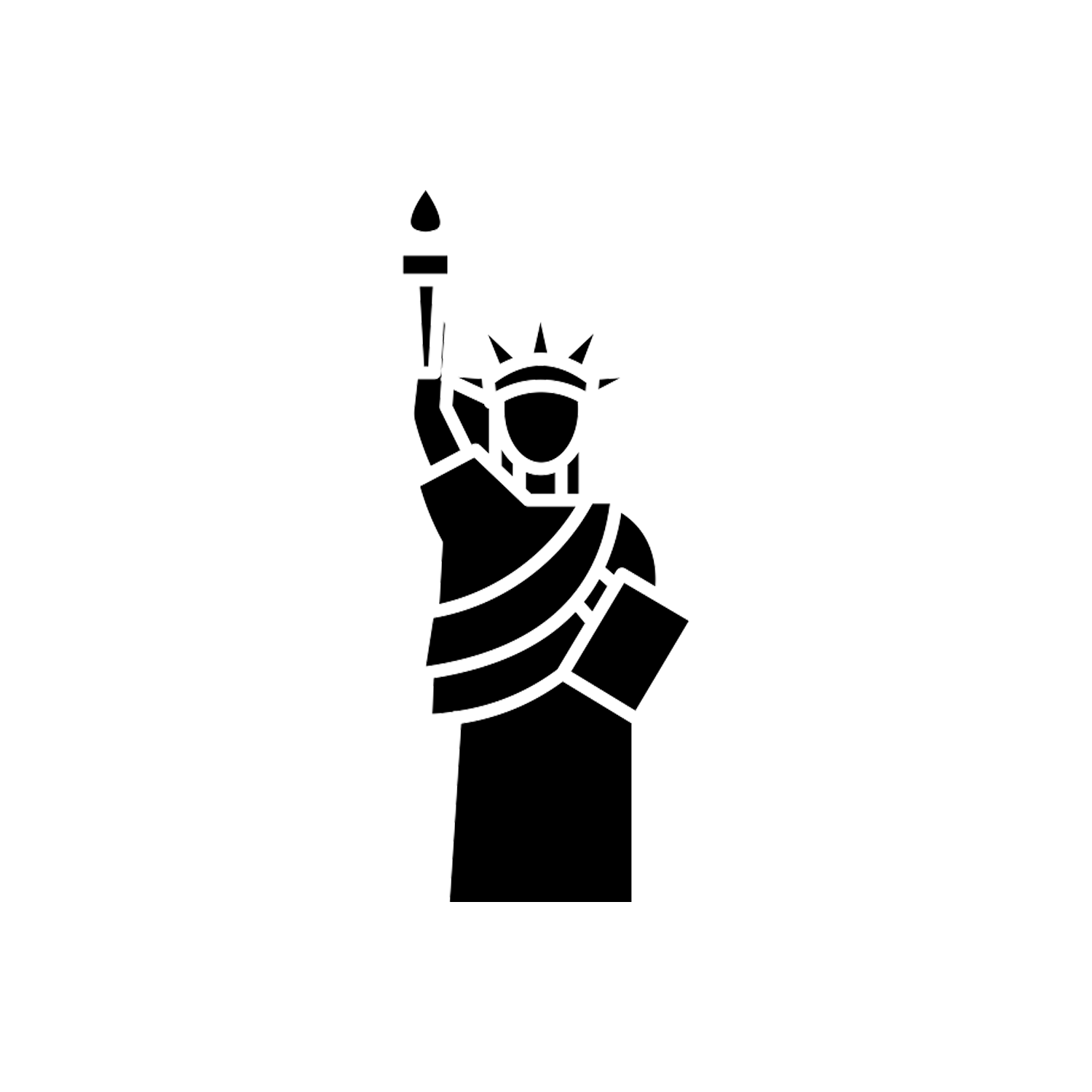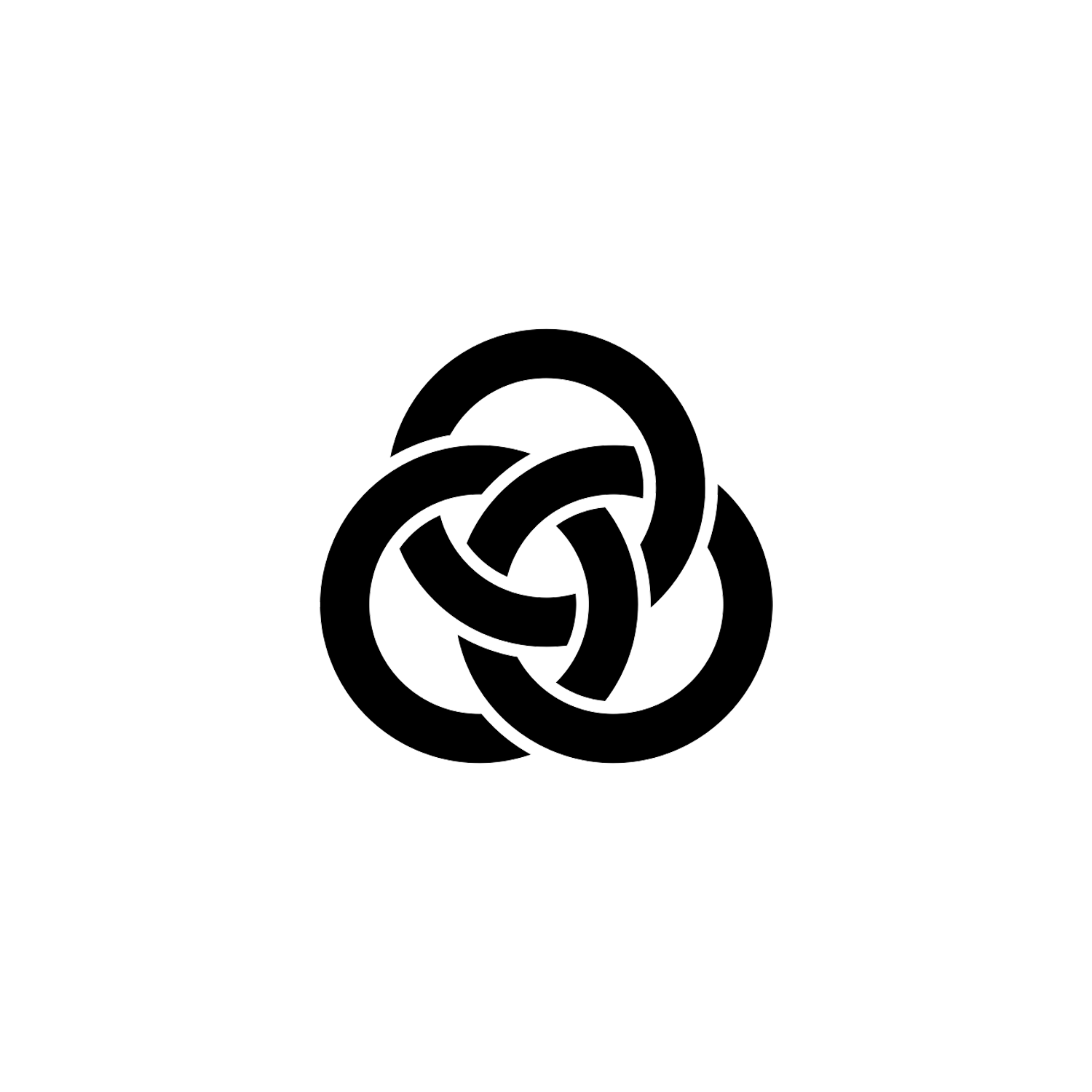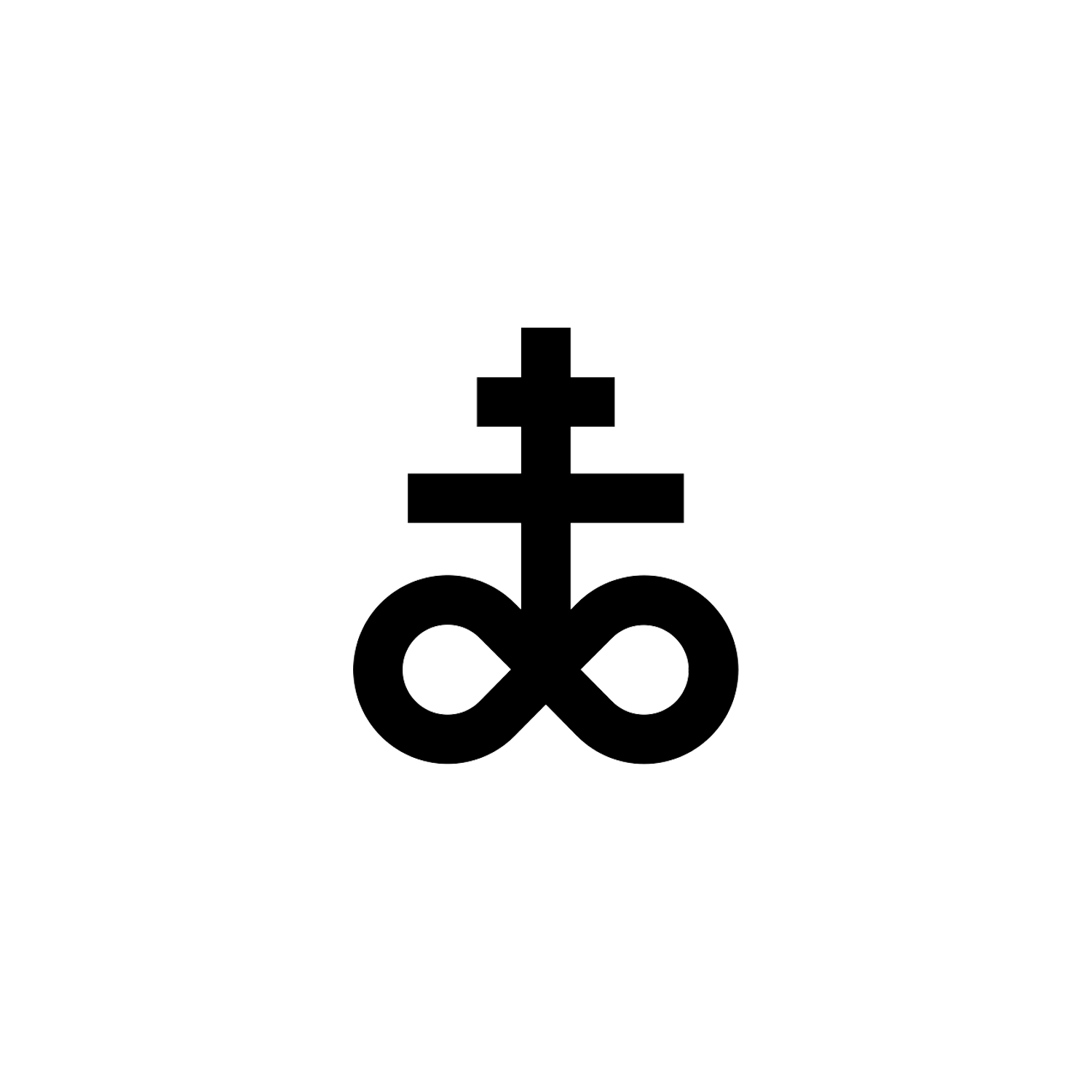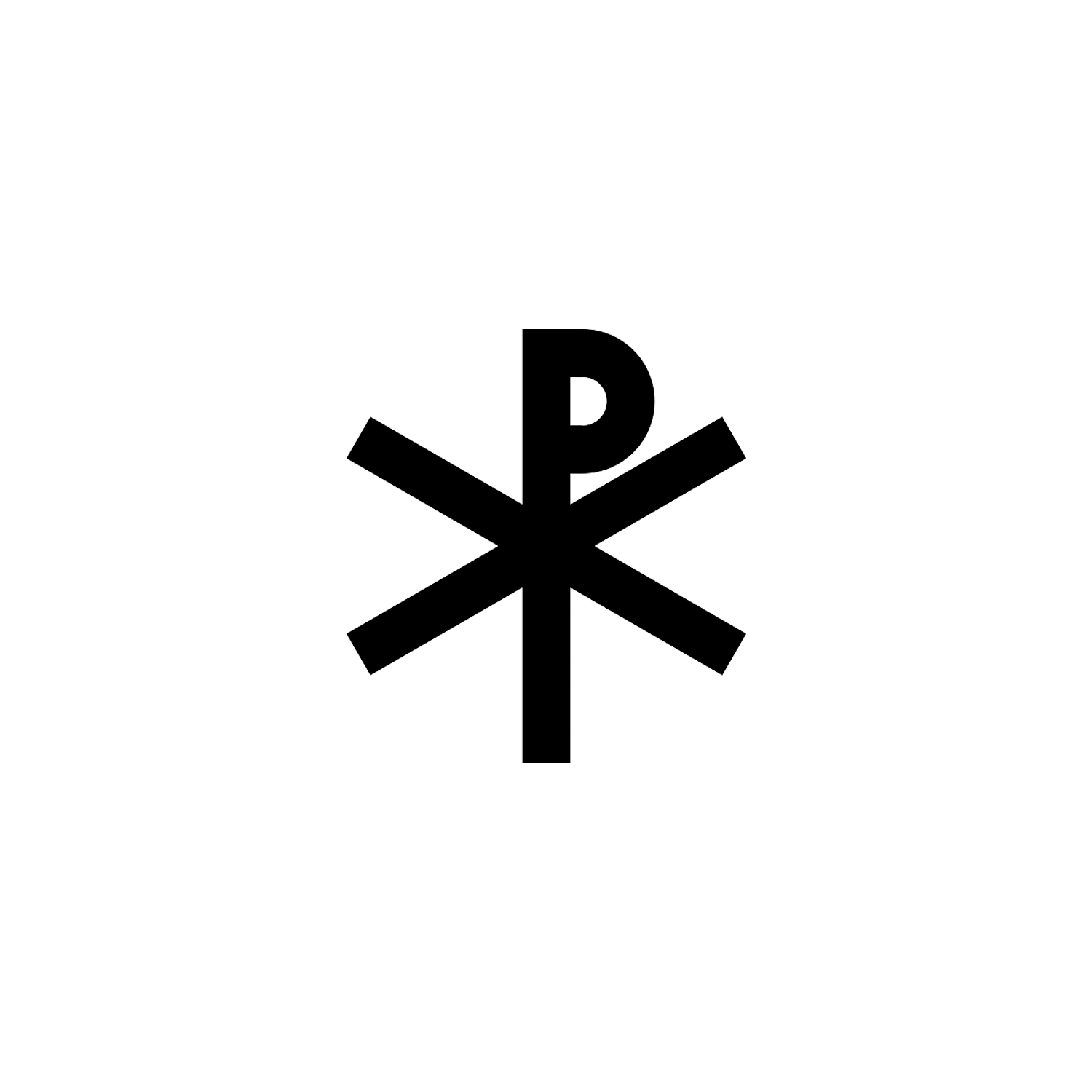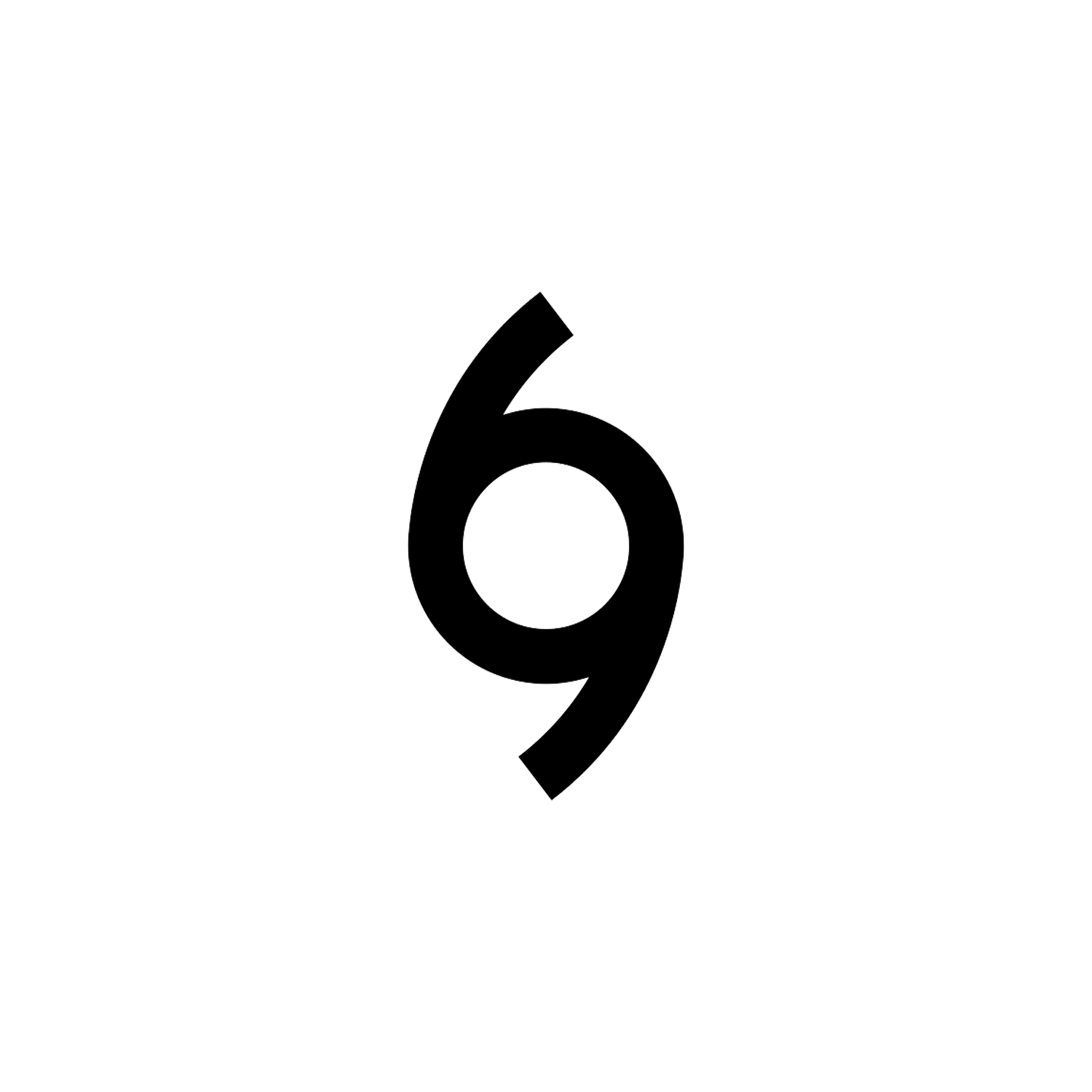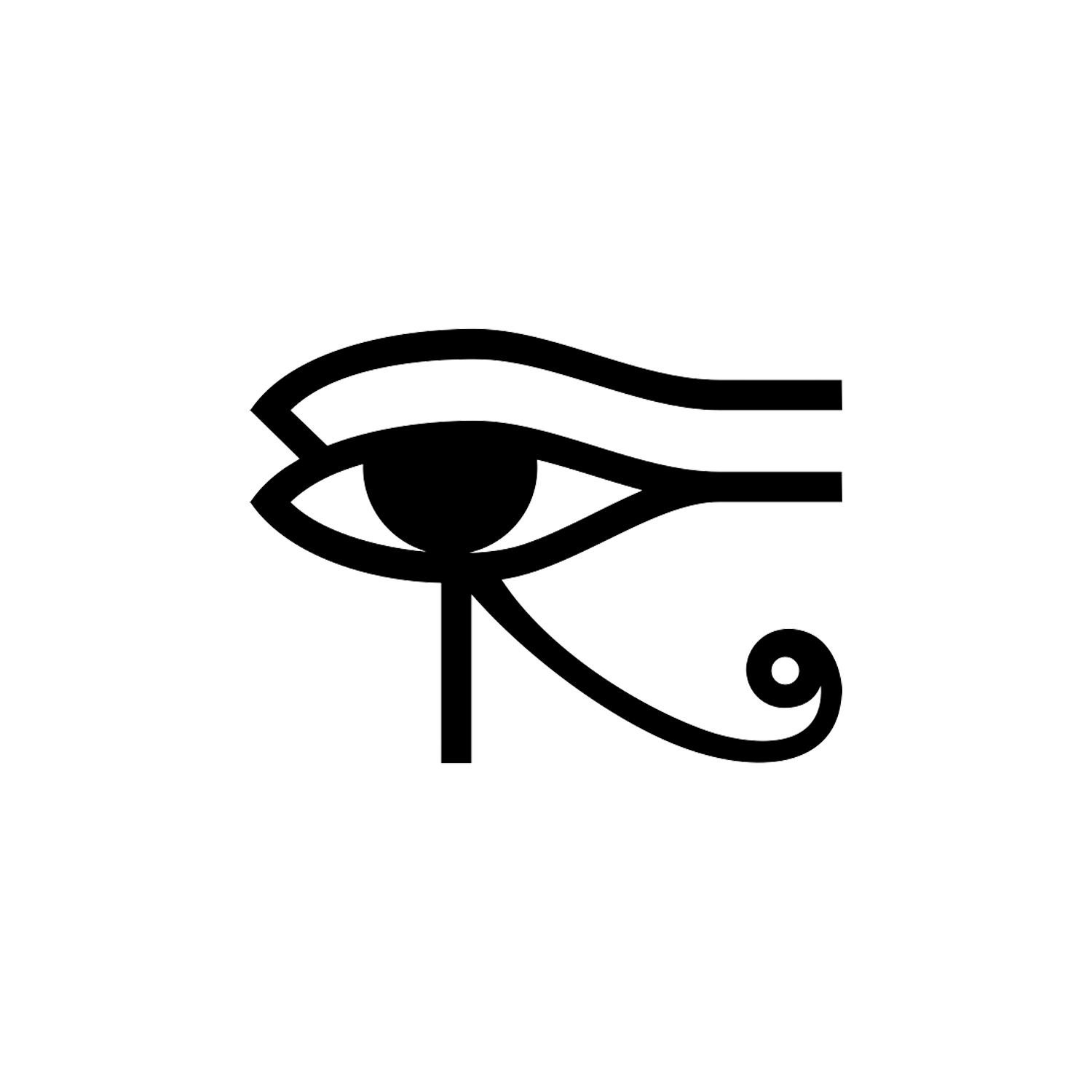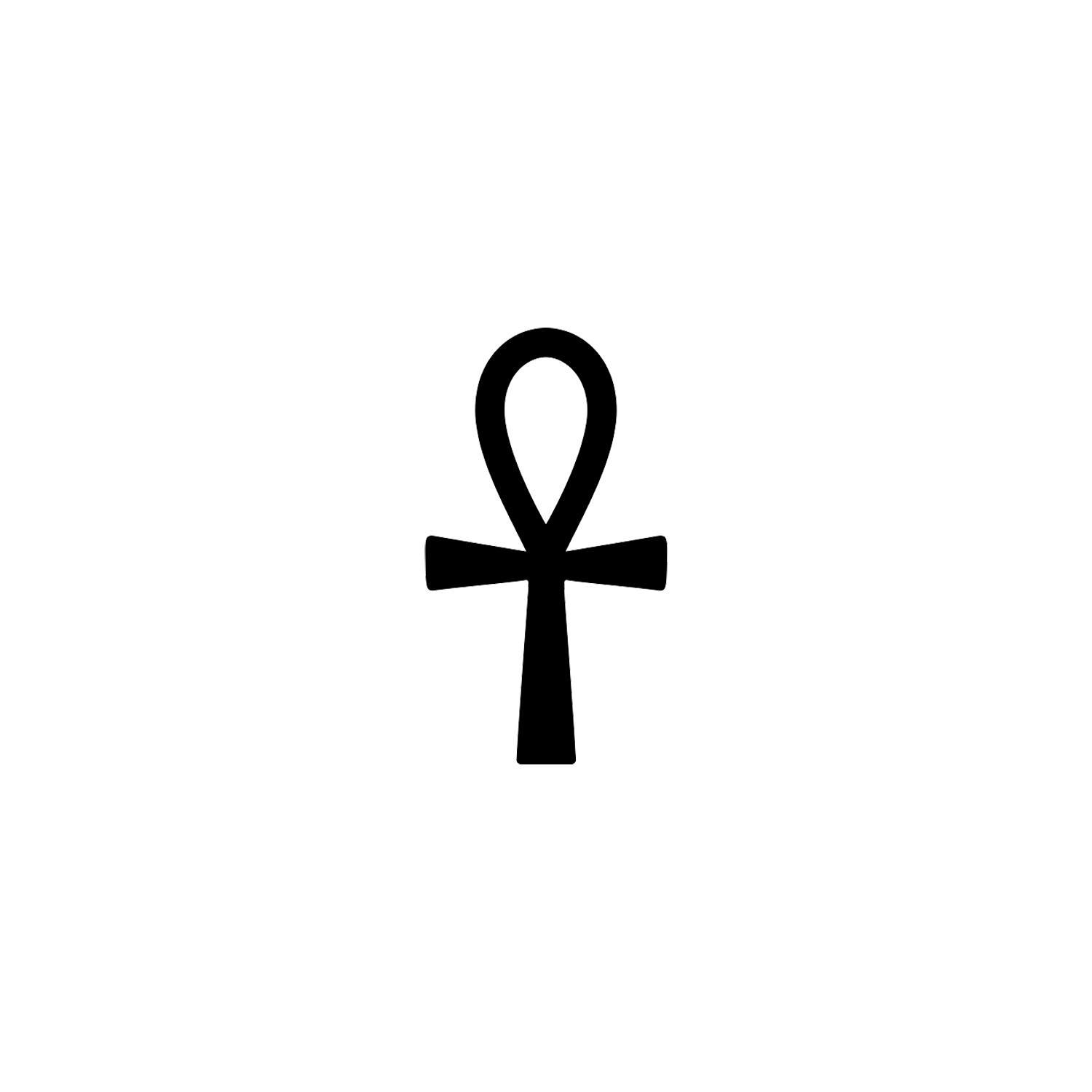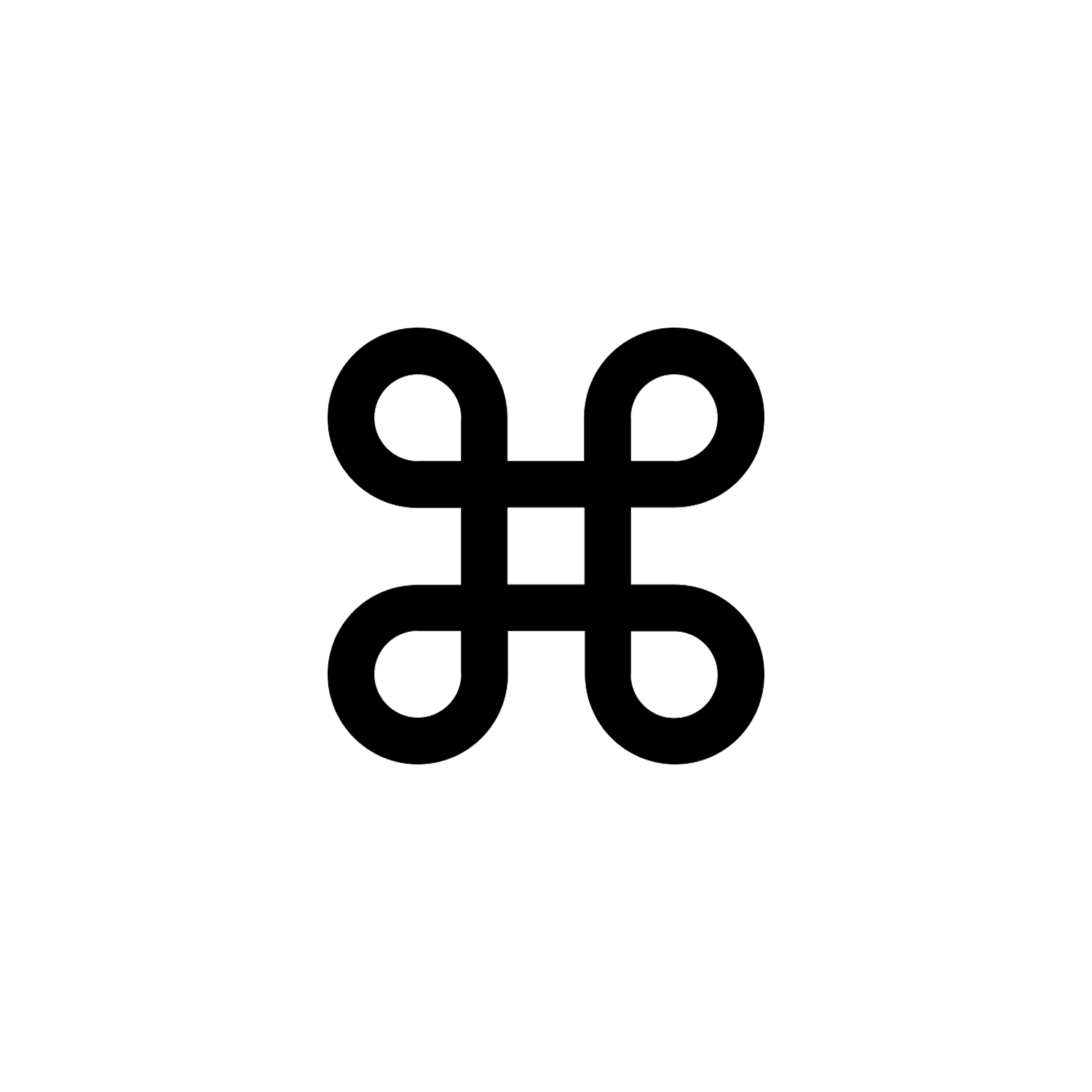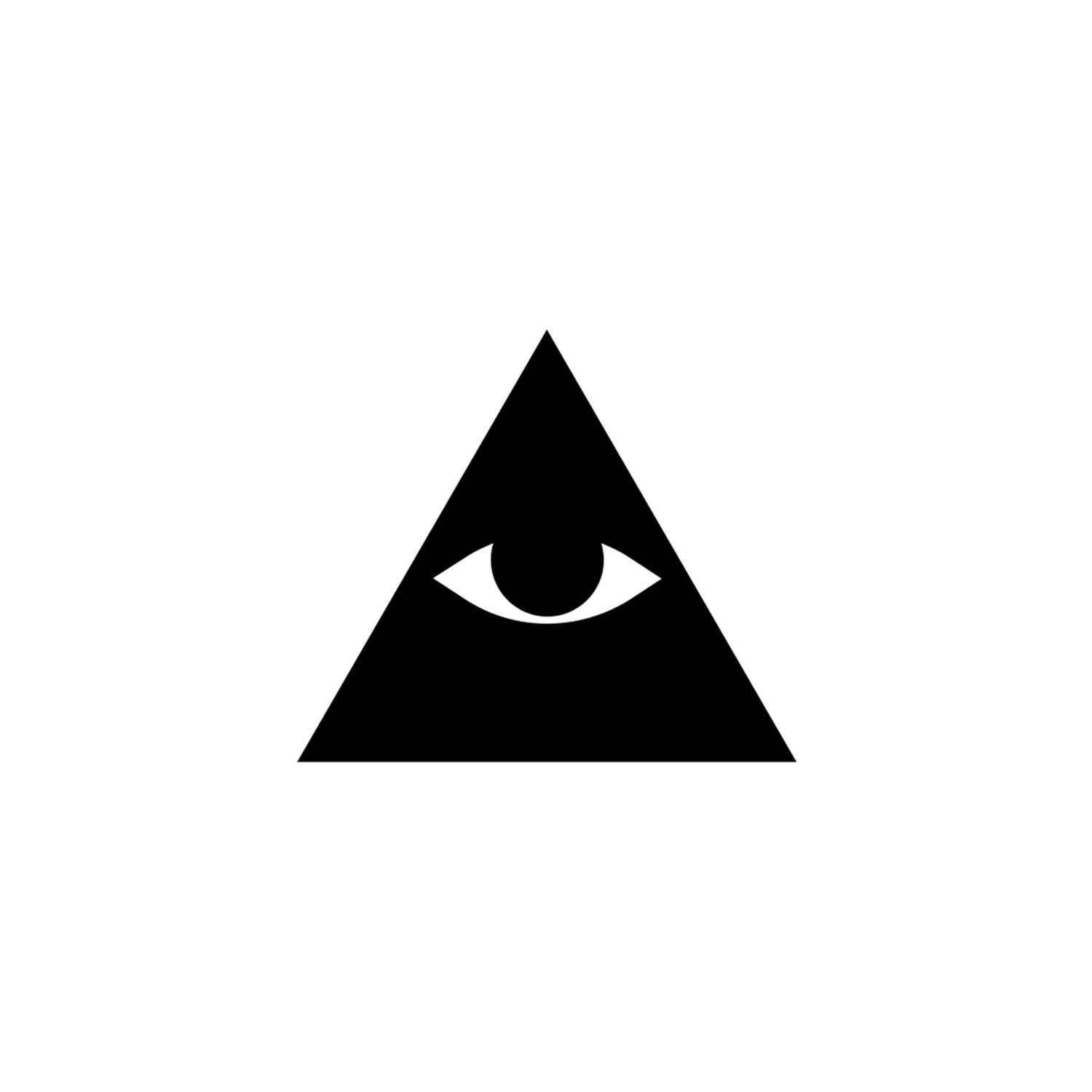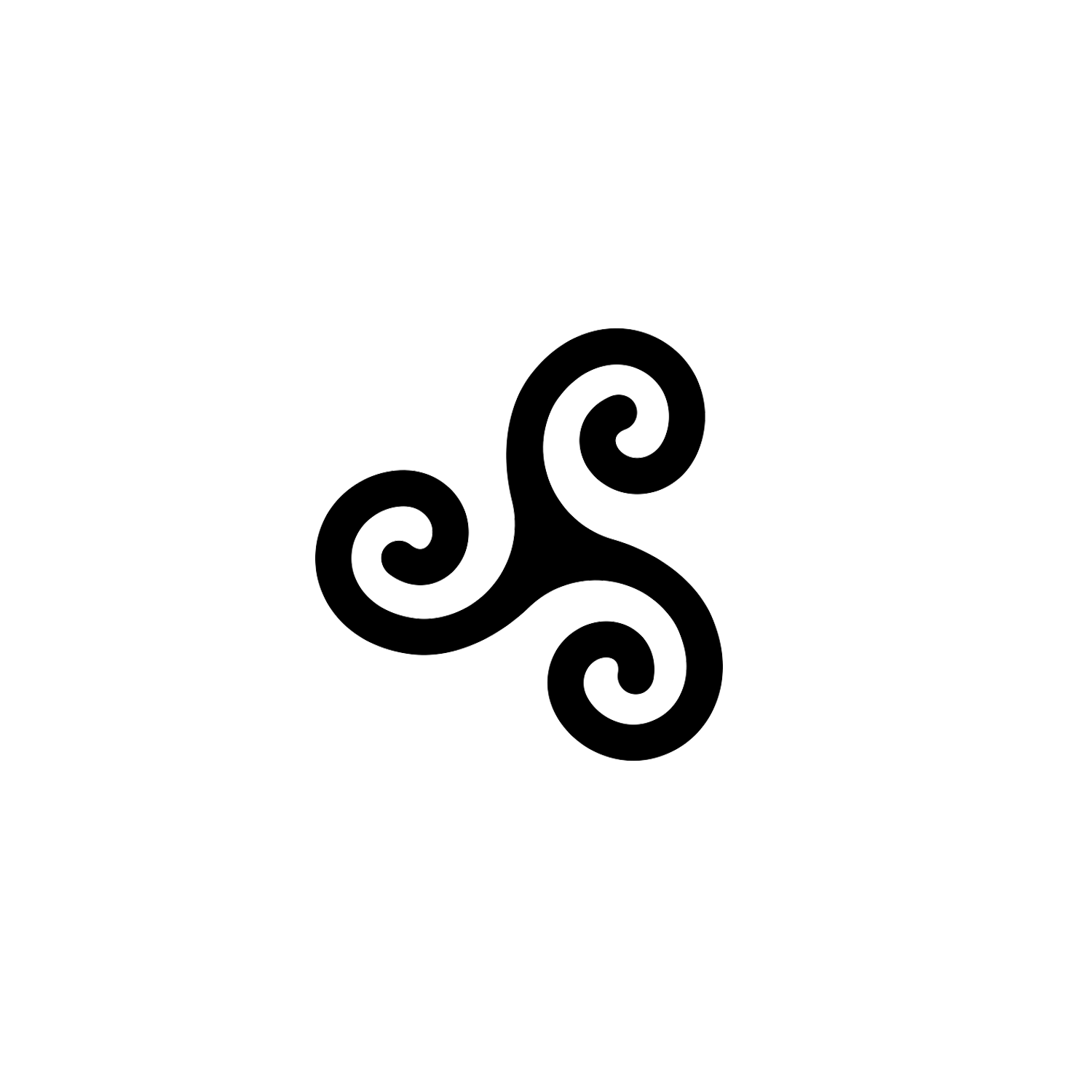Nazar
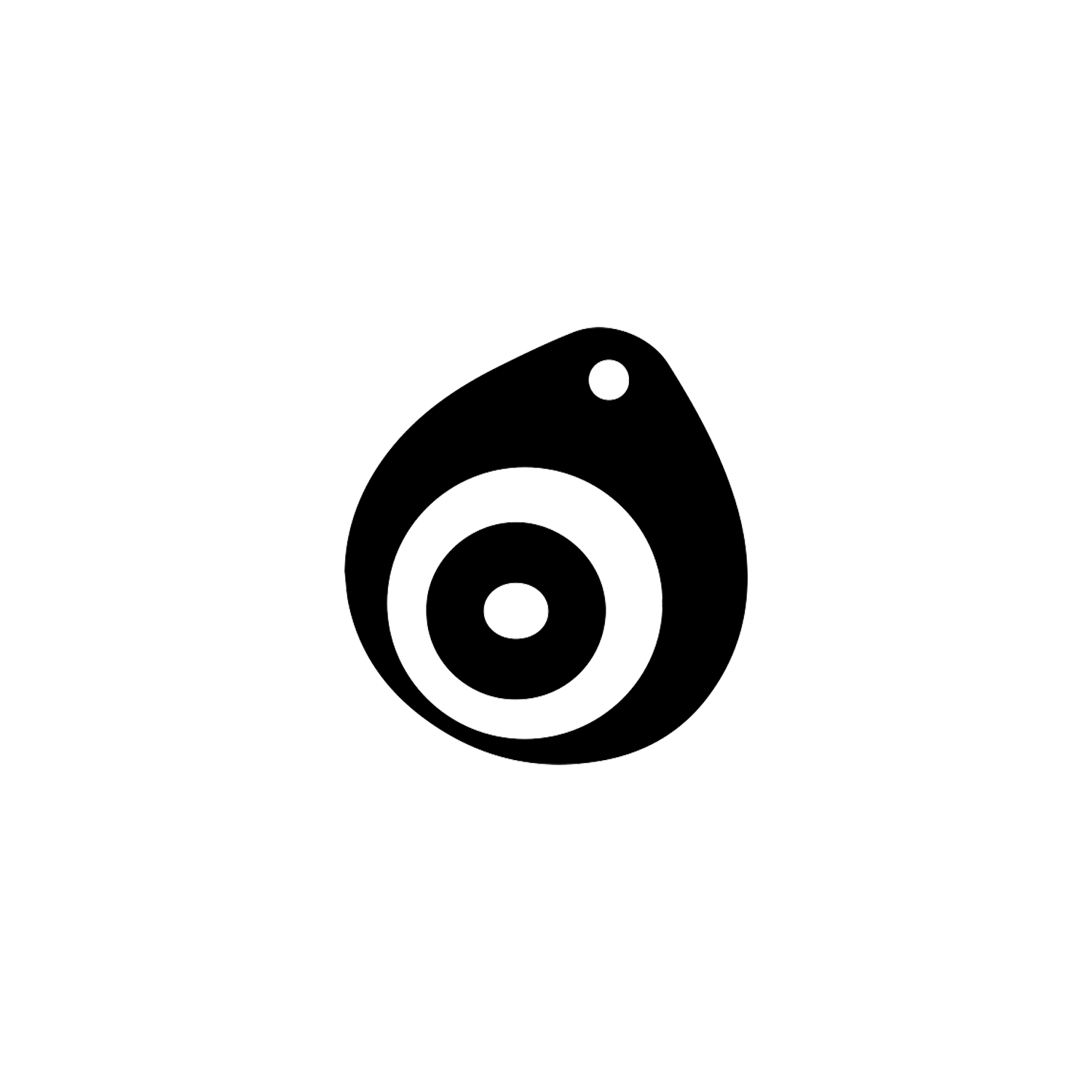

Nazar
A talisman to protect from the Evil Eye, sometimes referred as the Blue Eye amulet.
Overview
An eye bead or naẓar (from Arabic نَظَر [ˈnaðˤar], meaning ‘sight’, ‘surveillance’, ‘attention’, and other related concepts) is an eye-shaped amulet believed by many to protect against the evil eye. The term is also used in Azerbaijani, Bengali, Hebrew, Hindi–Urdu, Kurdish, Pashto, Persian, Punjabi, Turkish and other languages.[1]
In Turkey, it is known by the name nazar boncuğu[2] (the latter word being a derivative of boncuk, “bead” in Turkic, and the former borrowed from Arabic), in Greece is known as máti (μάτι, ‘eye’). In Persian and Afghan folklore, it is called a cheshm nazar (Persian: چشم نظر) or nazar qurbāni (نظرقربانی).[3]
In India and Pakistan, the Hindi-Urdu slogan chashm-e-baddoor is used to ward off the evil eye.[4] In the Indian subcontinent, the phrase nazar lag gai is used to indicate that one has been affected by the evil eye.[5][6][7]
The nazar was added to Unicode as U+1F9FF 🧿 NAZAR AMULET in 2018.[8]
Origin and Meaning
A typical nazar is made of handmade glass featuring concentric circles or teardrop shapes in dark blue, white, light blue and black, occasionally with a yellow/gold edge.[9] “The bead is made of a mixture of molten glass, iron, copper, water, and salt, ingredients that are thought to shield people from evil.”[2]
“According to Turkish belief, blue acts as a shield against evil and even absorbs negativity.”[2] In the Middle East and the Mediterranean,[10][11][12][13] “blue eyes are relatively rare, so the ancients believed that people with light eyes, particularly blue eyes, could curse you [one] with just one look. This belief is so ancient, even the Assyrians had turquoise and blue-eye amulets.”[14]

The Turkish boncuk (sometimes called a göz boncuğu or eye bead) is a glass bead characterized by a blue glass field with a blue or black dot superimposed on a white or yellow center. Historically old, the blue bead has gained importance as an item of popular culture in Modern Turkey.
The bead probably originated in the Mediterranean and is associated with the development of glass making. Written documents and extant beads date as early as the 16th century BC. Glass beads were made and widely used throughout the ancient world: from Mesopotamia to Egypt, from Carthage to ancient Greece and Phoenicia to Persia, and throughout the Roman imperial period.
“The mythology behind it says that if one of the beads breaks down, it means a very strong nazar has hit you, and the bead stored it all up and broke down in order to protect the carrying person.”[15]
The evil eye is a supernatural belief in a curse brought about by a malevolent glare, usually inspired by envy.[16] The belief in the evil eye among humans has existed since prehistory,[16] and amulets to protect against it have been found dating to about 5,000 years ago.[16] It is estimated that around 40% of the world’s population believes in the evil eye.[17]
It is found in many cultures in the Mediterranean region, the Balkans, the Middle East, Central Asia, South Asia, Africa, the Caribbean, and Latin America, with such cultures often believing that receiving the evil eye will cause misfortune or injury,[18] while others believe it to be a kind of supernatural force that casts or reflects a malevolent gaze back upon those who wish harm upon others (especially innocents).
The idea appears multiple times also in Jewish rabbinic literature.

Different cultures have pursued measures to protect against the evil eye.[19] Some of the most famous talismans against the evil eye include the nazar amulet, itself a representation of an eye, and the hamsa, a hand-shaped amulet. Older iterations of the symbol were often made of ceramic or clay; however, following the production of glass beads in the Mediterranean region in approximately 1500 BC, evil eye beads were popularised with the Indians, Phoenicians, Persians, Greeks, Romans and Ottomans.[20]
Ancient Romans used representations of phallus, such as the fascinus, to protect against the evil eye, while in modern-day Southern Italy a variety of amulets and gestures are used for protection, including the cornicello, the cimaruta, and the sign of the horns.

Conclusion
A popular amulet believed to protect against evil, the Nazar is commonly seen in the Mediterranean, the Balkans and the Middle East.
Similar talismans exist in other cultures, such as the Hamsa.
[1] Khan, Abdul Jamil (2006). Urdu/Hindi: An Artificial Divide: African Heritage, Mesopotamian Roots, Indian Culture & British Colonialism. Algora Publishing. p. 138. ISBN 9780875864389. Arabic verbs have generated an enormous number of words for Urdu/Hindi as well as Persian. ... The word nazar, meaning eye, or sight, is part of the cultural idiom -- <nazar lag jana>, meaning 'evil eye's effect,' and is used in the whole subcontinent.
[2] Williams, Victoria (2016). Celebrating Life Customs Around the World: From Baby Showers to Funerlan, p.344. ABC-CLIO. ISBN 9781440836596. "nazar boncugu"
[3] M. Moin: A Persian Dictionary, 3rd edition, p. 4752 (in Persian).
[4] South Asian Cinema, Volume 1, Issue 1. South Asian Cinema Foundation. 2001. p. 61.
[5] Mehmet Kaan Kaya, Arun D Singh, Harminder S Dua (22 May 2009). "Nazar boncugu—blue glass Evil Eye bead". British Journal of Ophthalmology. 93 (707). Retrieved 13 May 2019. The phrases "Nazar lag gai" (affected by the Evil Eye) and "Nazar utarna" (removing the effects of Evil Eye) are common in Hindu culture.
[6] Fallon, S.W. (1879). A New Hindustani-English Dictionary, p.1164. Lazarus. [ISBN unspecified]. "nazar lagānā, v. a. To cast an evil eye upon; to regard with evil intent. [by an evil eye.
nazar lagnā, yā khānā, v. n. To be influenced"
[7] Clark-Decès, Isabelle; ed. (2011). A Companion to the Anthropology of India, p.228. Wiley. ISBN 9781405198929. "nazar lagana".
[8] "🧿 Nazar Amulet Emoji". Emojipedia.
[9] Lonely Planet Middle East. Lonely Planet; 6 edition, 2009, p. 559.
[10] Sinclair, H. R. (2022). A Writer's Guide to Color. H. R. Sinclair.
[11] Yablon, Alys R. (2015). Field Guide to Luck. Quirk Books. ISBN 9781594748363.
[12] Martinson, Barbara; DeLong, Marilyn; eds. (2012). Color and Design. Bloomsbury. ISBN 9781847889539.
[13] Darke, Diana (2014). Eastern Turkey, p.31. Bradt Travel Guides. ISBN 9781841624907. The evil eye, "generally takes the form of a blue-eye, because foreigners, were more likely to have blue eyes, were also more likely to stare, thereby unwittingly contravening local convention, and, by admiring the children or possessions of their hosts, accidentally casting the evil eye upon them."
[14] Lynn, Heather (2019). Evil Archaeology, p.167. Red Wheel Weiser. ISBN 9781633411272.
[15] TurkishClass101.com (2017) Learn Turkish - Level 2: Absolute Beginner. Innovative Language Learning.
[16] Hargitai, Quinn (19 February 2018). "The strange power of the 'evil eye'". BBC. Archived from the original on 9 February 2021.
[17] Galt, Anthony H. (1982). "The evil eye as synthetic image and its meanings on the Island of Pantelleria, Italy". American Ethnologist. 9 (4): 664–681. doi:10.1525/ae.1982.9.4.02a00030. JSTOR 644689.
[18] Ross, C (2010). "Hypothesis:The Electrophysiological Basis of the Evil Eye Belief". Anthropology of Consciousness. 21: 47–57. doi:10.1111/j.1556-3537.2010.01020.x.
[19] Ulmer, Rivka (1994). KTAV Publishing House, Inc. (ed.). The evil eye in the Bible and in rabbinic literature. KTAV Publishing House. p. 176. ISBN 978-0-88125-463-1.
[20] Smith, Elaine (6 December 2019). "Beware the Evil Eye. Or Buy One, Just for Kicks (Published 2019)". The New York Times. Archived from the original on 14 January 2021.
Latest Symbols
Monthly Digest
A summary of symbols for the month in a quick read format straight to your inbox.


